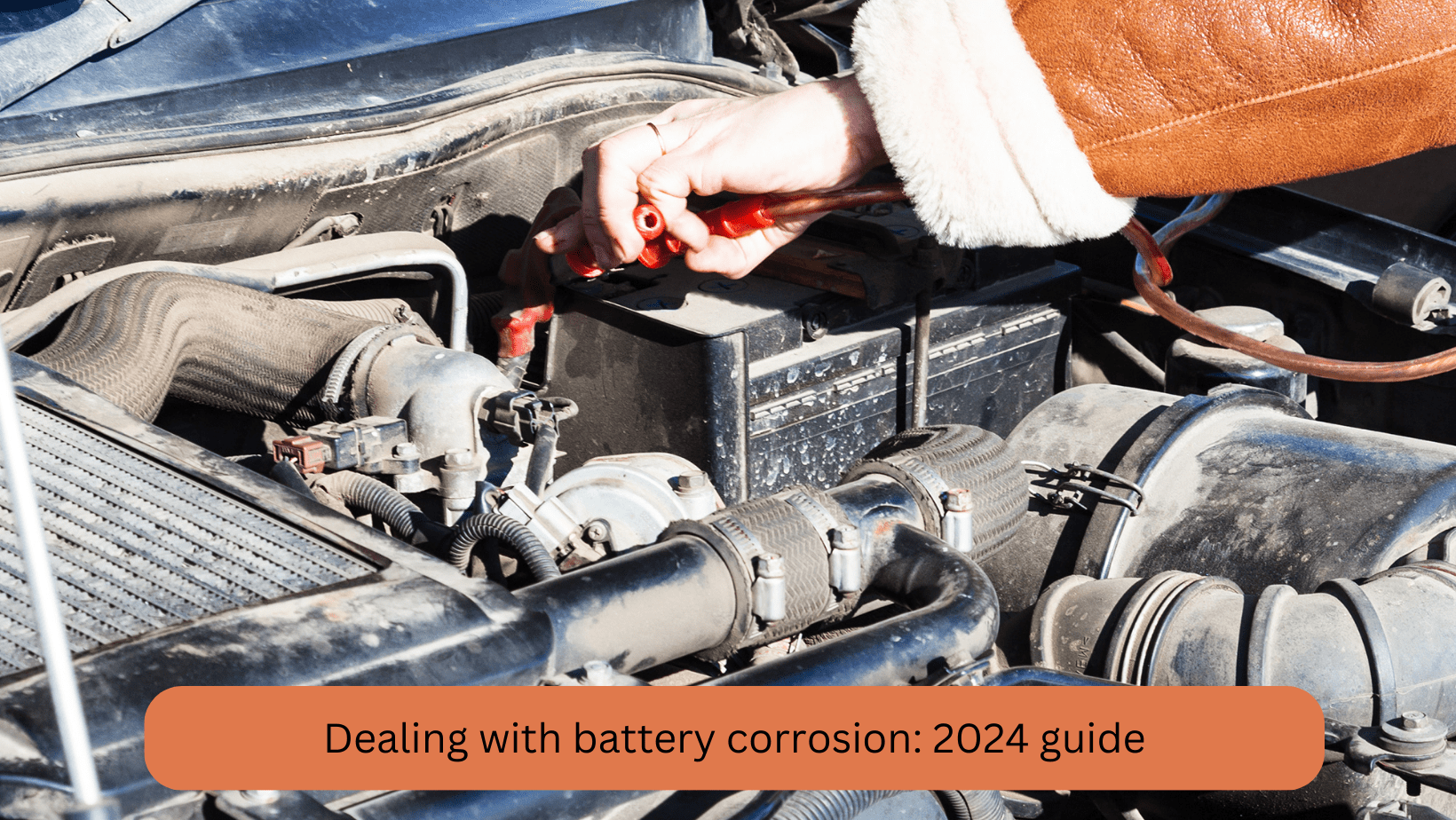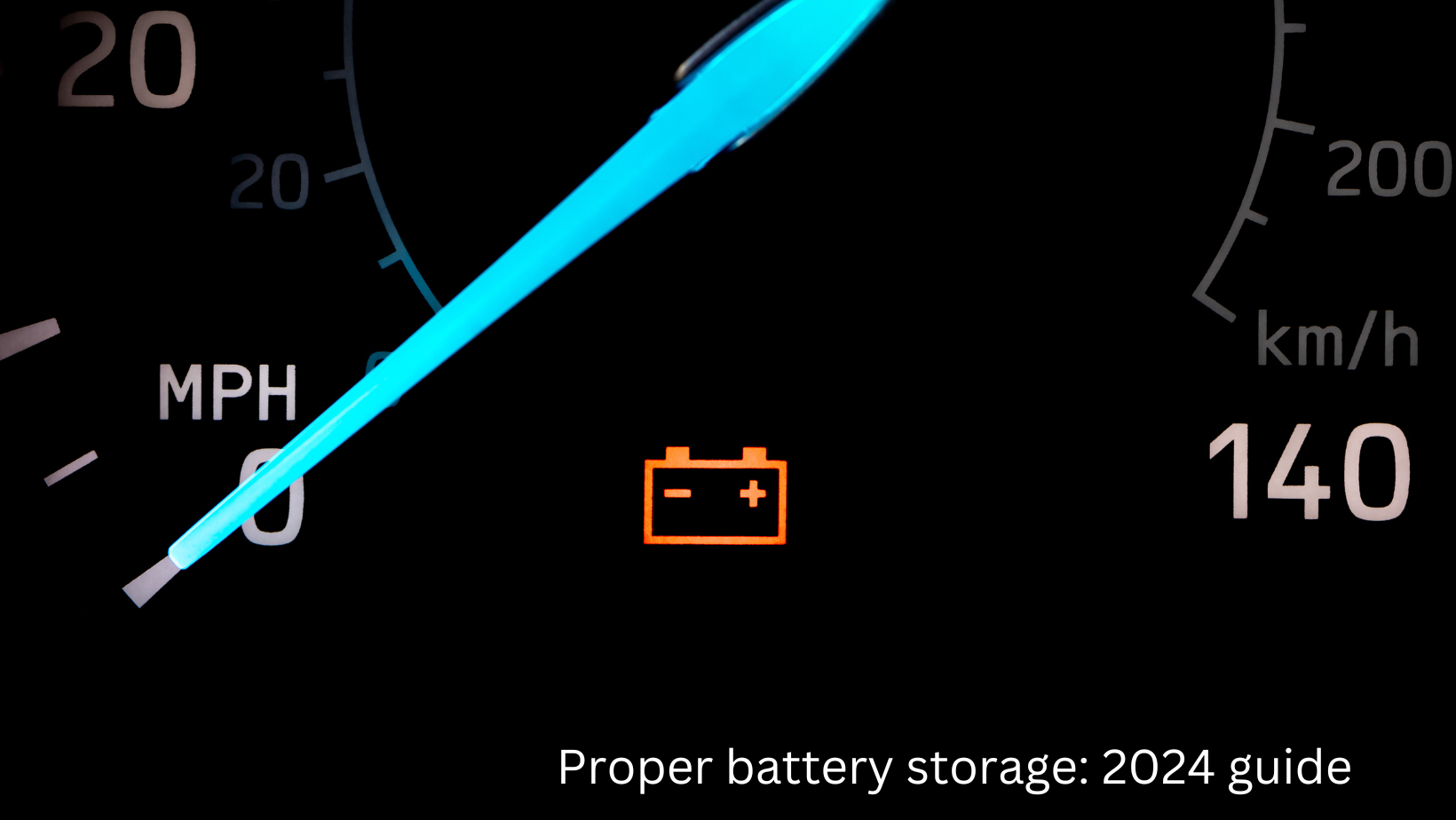Key Takeaways
| Aspect | Details |
|---|---|
| Battery Testing Methods | Overview of various methods used in the automotive industry |
| Importance for Vehicle Owners | Understanding these methods enhances vehicle maintenance and prolongs battery life |
| Application in Auto Repair | Relevance of these testing methods in professional settings like 5th Gear Automotive |
Understanding Different Types of Car Batteries

Before delving into the testing methods, it’s crucial to understand the different types of batteries used in vehicles, including Absorbed Glass Mat (AGM) and flooded lead-acid batteries. These variations require slightly different approaches in terms of diagnostics and maintenance due to their unique chemical and structural characteristics.
Common Tools for Battery Testing
- Digital Multimeter: Provides readings of static voltage and charging system output. It’s essential to be cautious about where to connect with the battery during readings.
- Conductance Tester: Utilizes battery voltage to measure current and resistive values. These handheld tools are cost-effective and provide exportable data files or immediate results.
- Load Tester: Applies a heavy load to measure the battery’s performance under stress. While effective, there is a risk of battery damage or injury.
- Refractometer: Used for serviceable batteries, it helps in assessing the acid density of individual cells.
- PicoScope 4425A Digital Storage Oscilloscope: Offers a comprehensive assessment of the battery’s condition through dynamic data projection.
Advanced Battery Testing Methods
Electric Vehicle (EV) Specific Tests
- Visual Inspection: Checks for physical defects. However, it’s subjective and prone to human error.
- DCIR Impedance Tests: Measures resistance to direct current flow, providing a baseline of internal resistance.
- ACIR Impedance Tests: Evaluates the impedance under alternating current flows, revealing critical defects.
- EIS Impedance Tests: Offers a detailed spectrum analysis, capturing defects undetectable by other impedance tests.
- Open Circuit Voltage (OCV) Tests: Measures the cell voltage in an open circuit condition, useful in estimating the battery’s health over its lifecycle.
- Leakage Tests: Detects early signs of leaks, cell damage, or deterioration.
For more detailed insights into these advanced testing methods, particularly in the context of EVs, visit Understanding the Basics of Battery Care for Your Vehicle.
Additional Battery Test Methods
- Voltage Reading: Reflects state-of-charge but not the state-of-health of the battery.
- Ohmic Test: Identifies internal resistance, indicating corrosion and mechanical defects.
- Full Cycle Test: Involves charging and discharging to read capacity but is time-consuming.
- Rapid-test Methods: Include time and frequency domain tests for quick assessments.
For an in-depth guide on these methods and when to opt for a battery change, check How to Test a Car Battery: A Detailed Guide.

Importance of Regular Battery Testing
Regular battery testing is vital for vehicle maintenance. It helps in early detection of potential issues, ensuring the longevity and performance of the battery. For comprehensive guidelines on extending your car battery’s lifespan, explore Extending Battery Lifespan: Maximizing Your Car Battery’s Health and Longevity.
Recognizing the Signs of a Failing Battery
Being aware of the signs of a failing battery, such as slow engine crank, dim lights, and the check engine light, can prevent breakdowns. For more on this topic, visit Recognizing the Signs of a Dying Car Battery.
Conclusion
Understanding battery testing methods is crucial for maintaining your vehicle’s health. Whether you’re a car owner or an automotive professional, being informed about these techniques ensures that you can effectively diagnose and address battery-related issues. For guidance on proper battery storage and maintenance, refer to Proper Battery Storage: Ensuring Longevity and Performance.





